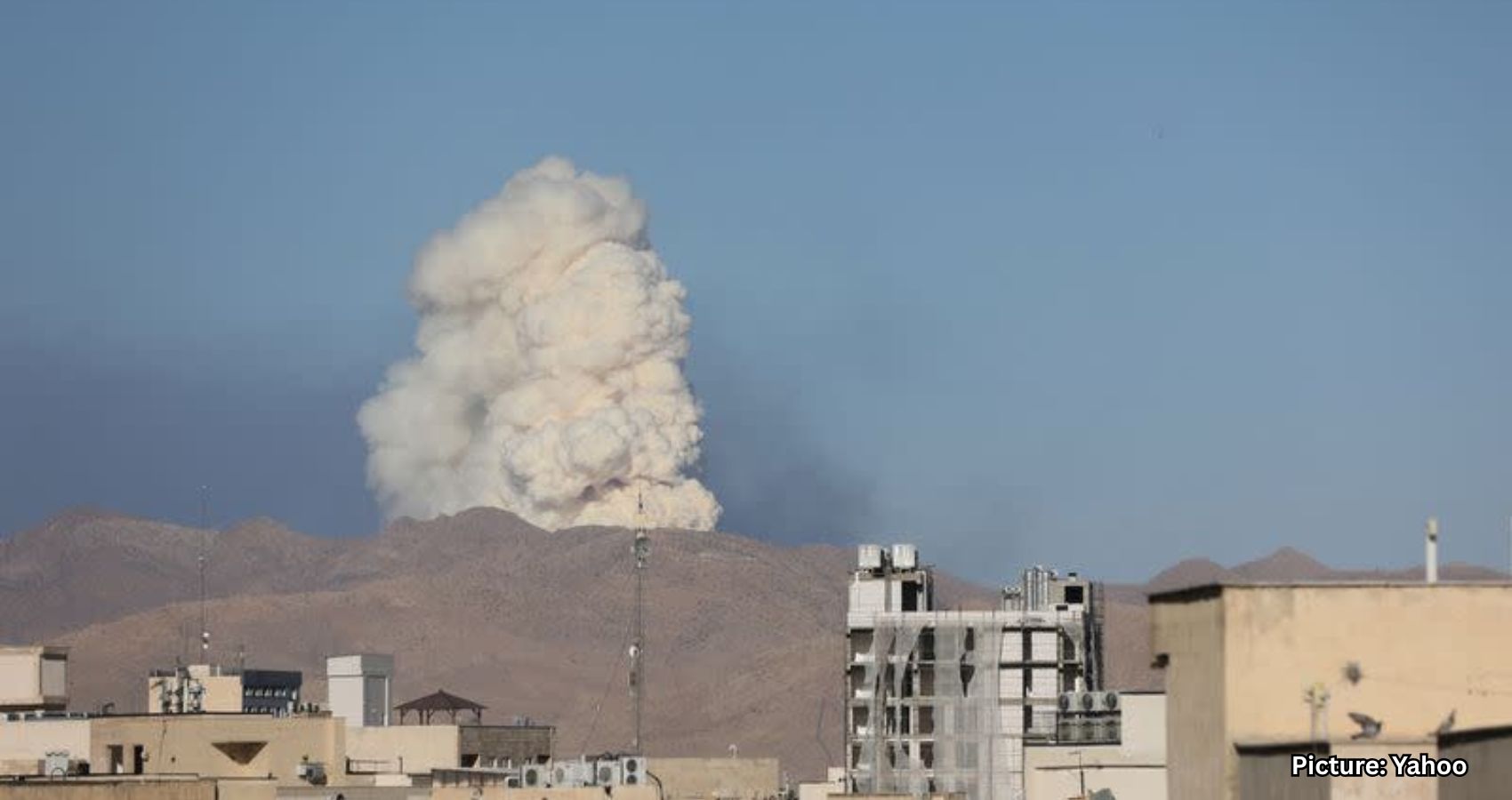In the past three days, no fewer than 30 US military aircraft have been redeployed from bases across the United States to Europe, as confirmed by flight tracking data analyzed by BBC Verify. The specific aircraft involved are all military tanker planes, which are primarily used for in-air refueling of combat aircraft such as fighter jets and bombers.
These tankers, especially the KC-135 Stratotankers, have made stopovers at American airbases located in Spain, Scotland, and England. Flight monitoring service Flightradar24 documented that at least seven of these aircraft had transited through these European bases.
This notable increase in military aviation movement coincides with rising tensions between Iran and Israel. The conflict flared up following an Israeli operation conducted last Friday, which officials in Tel Aviv claimed was aimed at dismantling Iran’s nuclear development program.
Although there is no official confirmation linking these US aircraft movements directly to the Israel-Iran conflict, military experts believe the timing and nature of the deployments are significant. Justin Bronk, a senior analyst at the Royal United Services Institute (RUSI), remarked to BBC Verify that the air tanker activity is “highly unusual.” He further noted that the redeployments are “highly suggestive” of preparations by the United States to implement contingency plans that could potentially involve “intensive combat operations” in the region in the near future.
All seven tankers tracked have since moved onward, with most flying east of Sicily by Tuesday afternoon, based on available tracking data. While six of the aircraft had undisclosed destinations, one was confirmed to have landed on the Greek island of Crete.
Adding further perspective, Vice-Admiral Mark Mellett, former chief of the Irish Defence Forces, suggested the aircraft movements may form part of a wider US strategy centered around “strategic ambiguity.” According to him, this tactic could be designed to pressure Iran into making concessions during ongoing negotiations regarding its nuclear program.
The timeline of recent developments is also telling. Israel’s initial strike on Iranian nuclear sites occurred on Friday, only one day after a deadline set by US President Donald Trump for Iran to come to an agreement on suspending its nuclear initiatives had lapsed.
Parallel to the increased air traffic, there are reports indicating that the US has repositioned the USS Nimitz aircraft carrier. Previously stationed in the South China Sea, the Nimitz is now reportedly en route to the Middle East. Reuters reported that a scheduled engagement involving the carrier in Vietnam was canceled due to what the US embassy in Hanoi described as an “emergent operational requirement.”
Data from MarineTraffic, a platform that tracks maritime movements, showed that the USS Nimitz was last observed navigating the Malacca Strait toward Singapore early Tuesday. This warship not only transports a squadron of fighter jets but is also accompanied by multiple guided missile destroyers, forming a powerful naval task force.
Further reinforcing its presence in the region, the US has deployed multiple advanced fighter jets—including F-16s, F-22s, and F-35s—to various bases across the Middle East. According to three defense officials who spoke to Reuters, the tanker planes relocated to Europe are capable of refueling these jets during prolonged operations.
On Tuesday, US Vice-President JD Vance added fuel to the speculation of increased American involvement in the region. In a social media post, he suggested that the US may take direct military action to support Israel’s offensive against Iran’s nuclear capabilities. “Trump may decide he needs to take further action,” he stated, referring to potential efforts to dismantle Iran’s nuclear program.
Iran’s nuclear infrastructure is known to include two key underground enrichment facilities. One is at Natanz, a site already targeted by Israeli forces. The second is Fordo, located deep within a mountain near the city of Qom. Penetrating the hardened Fordo site would likely require the use of the GBU-57A/B Massive Ordnance Penetrator (MOP), according to two senior Western military officers who spoke to BBC Verify.
These “bunker buster” bombs weigh an enormous 30,000 pounds (13,600 kilograms) and are capable of piercing up to 200 feet (60 meters) of reinforced concrete. The only aircraft in the US military arsenal that can carry such a weapon is the B-2 Spirit stealth bomber.
Recently, the United States stationed a B-2 bomber squadron at its base on Diego Garcia, an island strategically located in the Indian Ocean. Though the island is situated approximately 2,400 miles from Iran’s southern coast, military analysts argue that this distance places Iran well within operational reach.
Air Marshall Greg Bagwell, a former deputy operations chief with the Royal Air Force, explained the strategic advantage of using Diego Garcia as a launch point. “You would be able to maintain a sustained operation from [Diego Garcia] far more efficiently,” he told BBC Verify. “You could literally have them round the clock operating.”
However, the most recent satellite images of Diego Garcia no longer show the presence of B-2 bombers on the island. This discrepancy has raised eyebrows among defense analysts. Vice-Admiral Mellett said, “I would expect to see the bombers on the island ahead of any operation targeting Iran,” adding that their absence represents “a missing piece of the jigsaw.”
Air Marshall Bagwell concurred with this observation but pointed out that B-2 bombers are capable of undertaking 24-hour missions and could theoretically launch a strike from the continental United States itself if the President were to authorize an attack.
“They’ve taken away any means for Iran to now defend itself,” Bagwell concluded. “Which obviously leaves any military or even the nuclear targets pretty much at the mercy of whatever Israel wants to do to it.”
As the situation continues to evolve, the flurry of military activity by the US—both aerial and naval—has added a new layer of complexity to the ongoing Iran-Israel tensions. Whether these moves signal preparations for a potential military campaign or serve as a calculated warning remains uncertain. Nonetheless, the rapid redeployment of tanker aircraft, stealth bombers, fighter jets, and naval assets suggests that Washington is readying itself for a broad range of contingencies.

